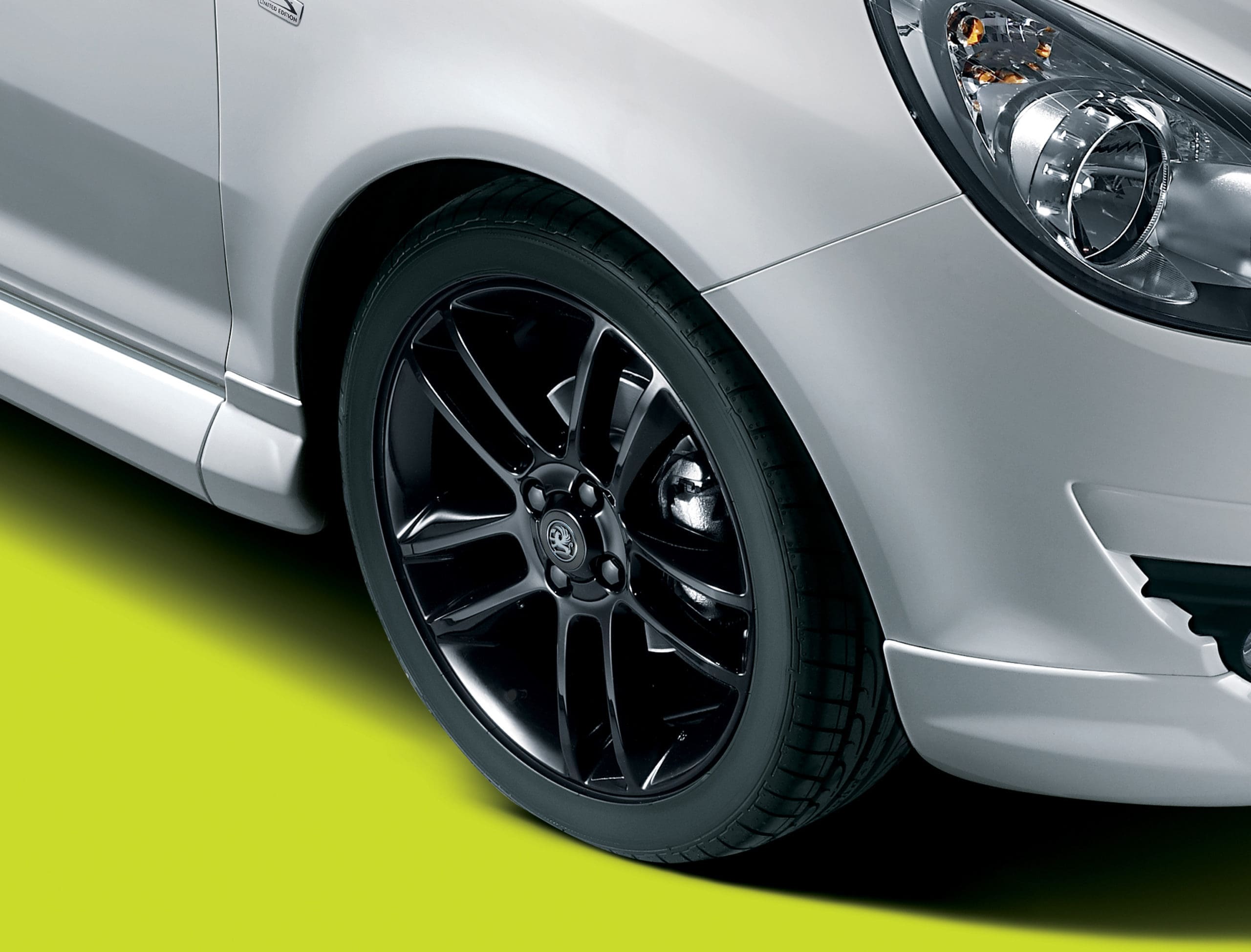

The increasing demand for automotive personalisation means more drivers than ever have non-standard alloys fitted to their cars. But, asks Guy Baker, are you aware of the potential problems that different wheels could cause?
Cars are becoming more and more alike, as the twin pressures of economically-driven platform sharing and ever more stringent safety requirements have led to fewer and fewer differences between rival models. As a result, those desperately seeking some individuality have focused increasingly on their car’s wheels as a means of stamping their personality on the vehicle. And although many opt for after-market alloys, car manufacturers too have also been keen to cash in – offering more alloy wheel options than ever before. But before you rush out to bag some snazzy new rims for your ride, you need to know what impact new wheels might have – they may look cool but if you don’t choose the right wheels you could be opening a can of worms.
Size matters
To start with you must consider wheel size. UK wheel dimensions are normally described in terms of width and diameter, so an 8×16 wheel for instance is 8 inches deep and has a 16-inch diameter. Most owners look to fit bigger wheels which fill the car’s arches better – but in conjunction with bigger tyres these will often weigh more than the standard items, increasing your car’s un-sprung mass. This means they will require more energy to rotate and brake, potentially reducing acceleration and reducing fuel economy, whilst the car’s handling will also change and the degree of driver feedback through the steering wheel may be reduced. Choose lightweight aluminium or even magnesium alloy wheels, however, and you could increase wheel size yet keep the mass the same – or even reduce it. But remember, larger wheels mean larger tyres – and these add to the weight. Whilst wider rubber, although potentially increasing grip, can lead to a more remote steering feel on cornering.
As well as considering the weight of any new alloys, you also need to choose some with the right stud pattern and pitch circle diameter, or PCD. A circle drawn through the centre of the wheel studs defines the PCD (usually quoted in millimetres) whilst the car may possess a 3, 4, 5 or even six-stud pattern. This will reduce your choice of potential alloys. In addition, you must choose new wheels with a suitable ET (Einpresstiefe or ‘press depth’ in German) offset – the distance between the centreline of the wheel and the mounting face. Again measured in millimetres this can be positive or negative, and to maintain decent handling and avoid over-stressing bushes and ball joints the offset should be maintained as closely as possible when choosing new wheels.
Finishing touches
Next you need to decide what sort of finish will best suit your intended style, and that means choosing between a more traditional paint and lacquer finish, and the latest state-of the-art power-coated alloys. The choice of colours available is similar but the process and end results are different.
Most original-fit factory wheels are wet-painted using a primer and then a solvent-based paint followed by a lacquer, but an increasing number of owners are choosing powder-coated alloys instead. These are prepared by affixing the required colour as a free-flowing, dry, thermoplastic powder which is applied electro-statically and then heat cured to form a hard, durable skin. There is no need to use solvent or apply primer and the powder creates a finish that is far tougher than conventional paint. However it can be less shiny – so have a look at both types of alloys before deciding which is best for you.
Once your chosen wheels have been selected they can be fitted, along with the appropriate tyres. In a minority of cases this may require the use of spacers – extra metal discs that fit between the hub and the wheel. These increase the track, which can improve the stance of your car and its stability, but you may need to buy extended wheel bolts. And in a few cases, where the bore of your wheels is larger than the hub, you may also need spigot rings fitted. But most importantly of all you must get each wheel properly balanced, and get the car’s tracking checked or adjusted. This is vital to ensure your car drives safely and that you get the maximum benefit from your new rims.
A week or so after new wheels have been fitted you should check that the bolts are still tightened properly. And please never change wheels and tyres on a whim, they’re the only part of your car that’s in direct contact with the road – so everything about them has to be absolutely spot on.
© Motorworld Media 2023
Registered Office: 4 Capricorn Centre, Cranes Farm Road, Basildon, Essex. SS14 3JJ
Company Number: 8818356
Website designed by Steve Dawson